Cattle, greenhouse gases and the case for better methane metrics
Why the global warming potential of methane emissions from cattle production needs a closer look
You’ll never see a cow carefully sorting recycling bins and wheeling them to the curb for pickup, but in a way, cows do recycle.
Actually, it’s more accurate to say that they “upcycle.” Thanks to their unique and powerful digestive systems, complete with four stomachs, cows are able to eat things humans can’t and transform them into food we need: nutrient-rich meat and milk. In fact, one global analysis has estimated that only about 5% of feed resources consumed by cows and other ruminant livestock can be directly consumed by humans. The other 95% would be wasted in a world without cows.
Dr. Sara Place, an associate professor and feedlot systems specialist at Colorado State University who is featured in the documentary World Without Cows, says that cows’ ability to upcycle is the very reason humans domesticated them in the first place.
Cows have always eaten grass and similar materials inedible to humans — but they can also consume byproducts from the processing of human food. These materials, while too fibrous for a human diet, pack a nutritional punch for cows, who upcycle them into milk and meat for us.
In fact, farmers around the world today are maximizing the sustainability and profitability of their operations by working closely with food processing and grocery facilities to access these byproducts. There’s certainly no shortage; in the U.S., 37 pounds of human-inedible byproducts are produced for every 100 pounds of human food generated from crops, according to Colorado State’s AgNext, which brings together farmers, industry partners, and researchers to create innovative solutions for sustainability in animal agriculture.
Here are some of the food byproducts cows eat:
Did you know that cows also consume grocery waste — surplus or expired bakery products like bread, cereal and pasta —vegetable waste and animal byproducts like fish meal and feather meal?
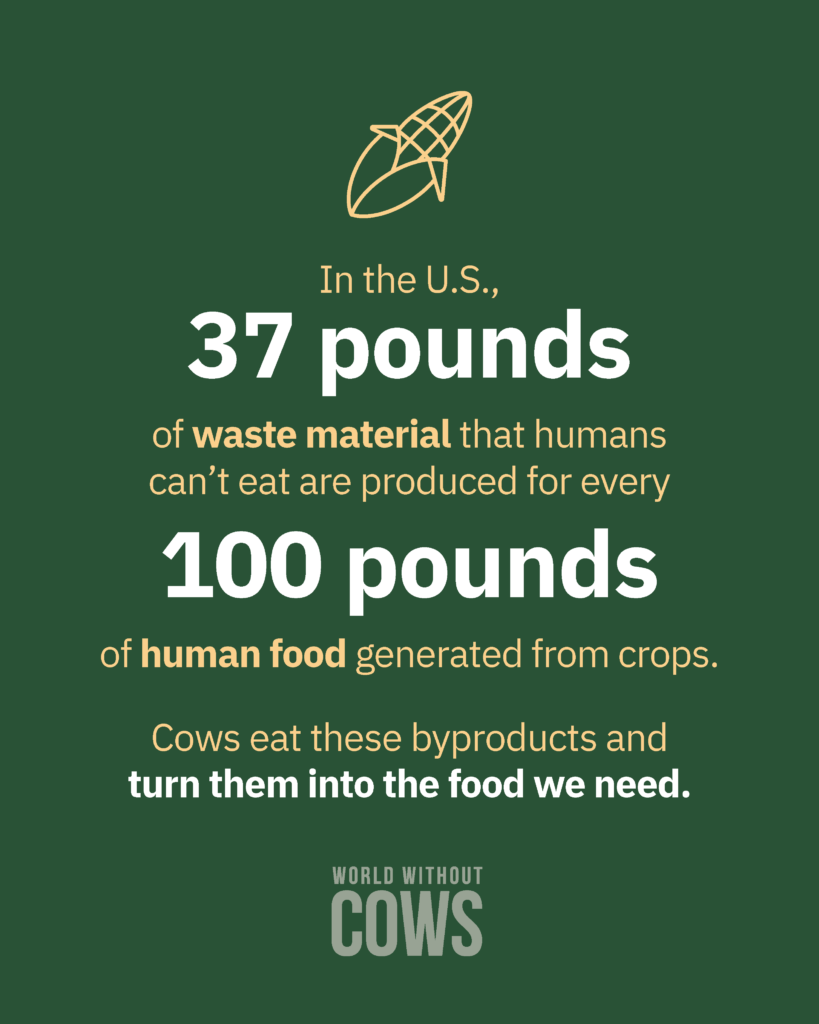
“The use of byproduct feeds, such as cottonseed and citrus pulp, in ruminant diets allows ruminants to play a role in improving the circularity of food systems by closing nutrient and energy loops from human food, biofuels, and fiber production,” Dr. Place said recently in an article she published in the journal Grass and Forage Science.
And this positive impact is felt on a massive scale.
“Cows are the ultimate recyclers,” said Brian Sundberg, co-founder of Progressive Dairy Solutions, a dairy nutrition and management consulting firm based in the United States and operating globally. “In the U.S., dairy cows consume human food production waste totaling approximately 125,000 tons of byproducts per day which is equal to 5,000 truckloads. Dairy cows often consume up to 50% of their feed intake in the form of byproducts. Those byproducts are converted by the cow into high-quality fat and protein for human consumption.”
Of course, many cows around the world get most of their nutrition by grazing. Cows can upcycle here as well, because they can graze on what’s called “marginal land,” which is not suited for growing crops. Marginal land often has low-quality soil, lacks water, and features rocky or rough terrain. When cows graze the grasses that naturally grow on this marginal land, they’re upcycling — turning things we can’t eat into nutritious food we need — while also making good use of land that cannot yield food for direct human consumption.
“Cows are a very, very important part of our food security picture,” said Dr. Vaughn Holder, global beef research director at Alltech, a global animal health and nutrition company. He is also featured in World Without Cows.
He further emphasized that upcycling by cows is incredibly beneficial for the environment. By consuming byproducts from human food processing, cows keep these materials from going into landfills, reducing waste and contributing to a circular economy.
“If we were to take the byproducts fed to these dairy cows and put them through a composting process, the carbon footprint of those materials would go up approximately five times what they would be if they went through a dairy cow,” Dr. Holder said. “If we decide to put them in a landfill, the carbon footprint of those byproducts would be 50 times what they would be if they went through a dairy cow.
“So it’s really important when we are proposing making changes to our food systems that we understand some of these potential knock-on effects of the decisions that we make and recognize the role that these cows are playing in preventing these greenhouse gases from going to the environment.”
As humans increasingly look for ways to feed our growing population while fighting back against climate change, cows are already quietly doing their part to help, through the power of upcycling. Whenever you enjoy a cheeseburger or an ice cream cone, you’re also playing a part in this natural and bountiful food cycle.
Even food people can eat, like corn, can have a greater positive impact when used for animal feed. One study from Texas A&M University found that 770 pounds of corn could provide the protein needed for three children for a year. But, if that same 770 pounds of corn is fed to cows, it can turn into enough beef to meet the protein needs of 17 children.
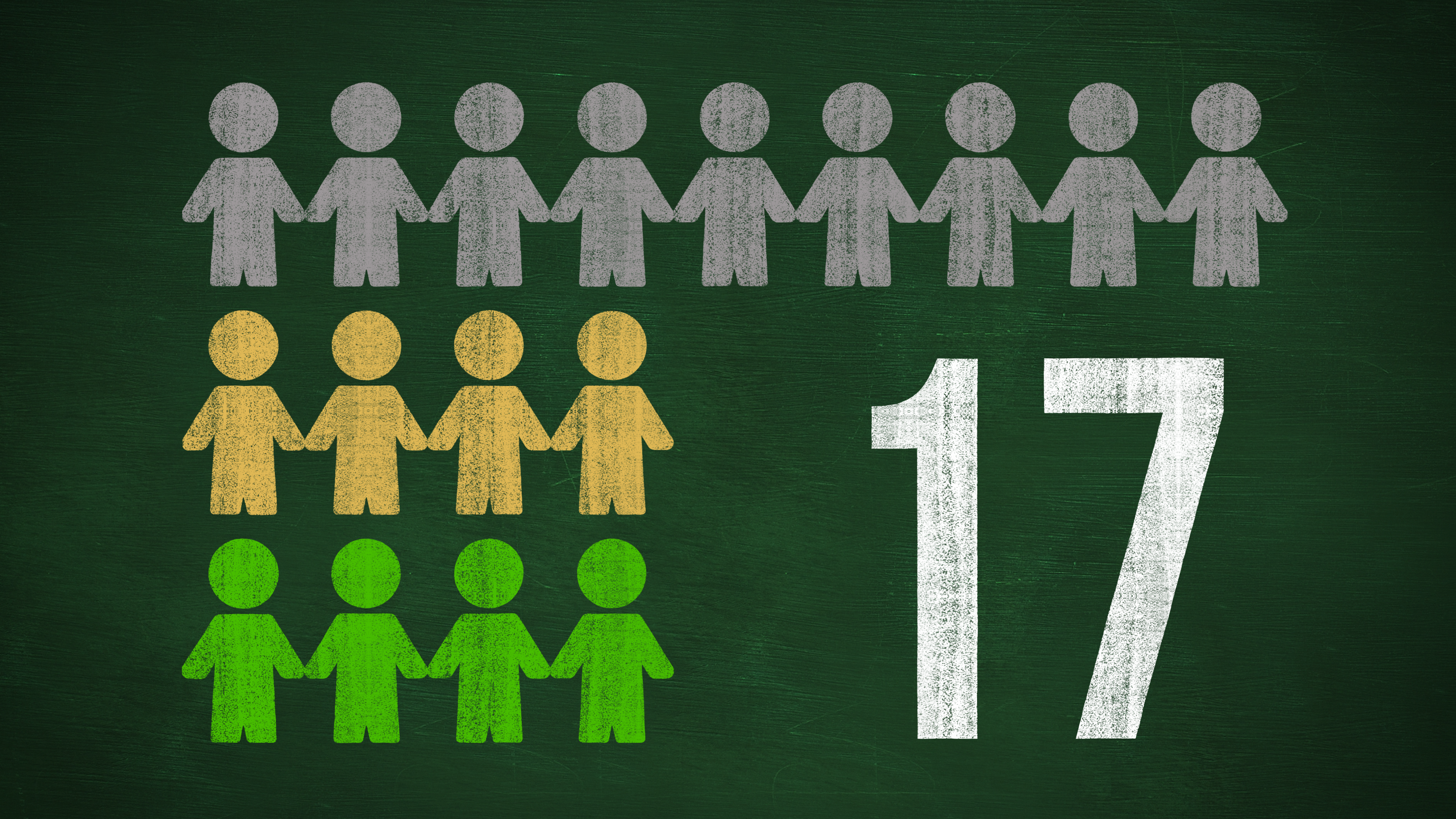
Why the global warming potential of methane emissions from cattle production needs a closer look
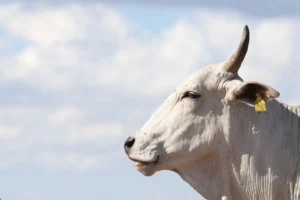
At COP30, the world’s eyes are on Brazil, and the cattle ranchers leading a global transformation.
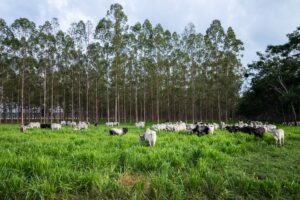
Restoring 40 million hectares of pasture could feed billions and ease pressure on the Amazon. Is the world paying attention?
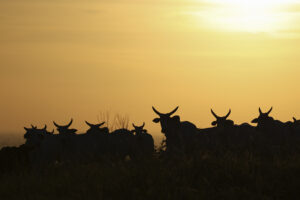
New mini-doc explores deforestation, food security and the Brazilian cattle sector’s path to a more sustainable future

Mention Brazilian beef, and you’re likely to spark discussion about familiar themes: deforestation, emissions and blame. What do we find when we dig deeper? Here are the answers to five top questions about Brazil’s role in protecting the Amazon and feeding the world.
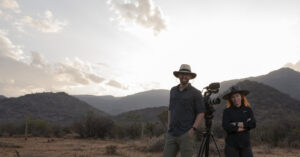
From science to the big screen: Discover how a single question grew into a global journey.
As climate change intensifies and the world’s population continues to grow, the pressure on our global food production system mounts. You can play an active role in shaping a more sustainable planet for future generations. Fill out the form below to learn more about how you can partner with us.
Receive notifications about the release date, new online content and how you can get involved